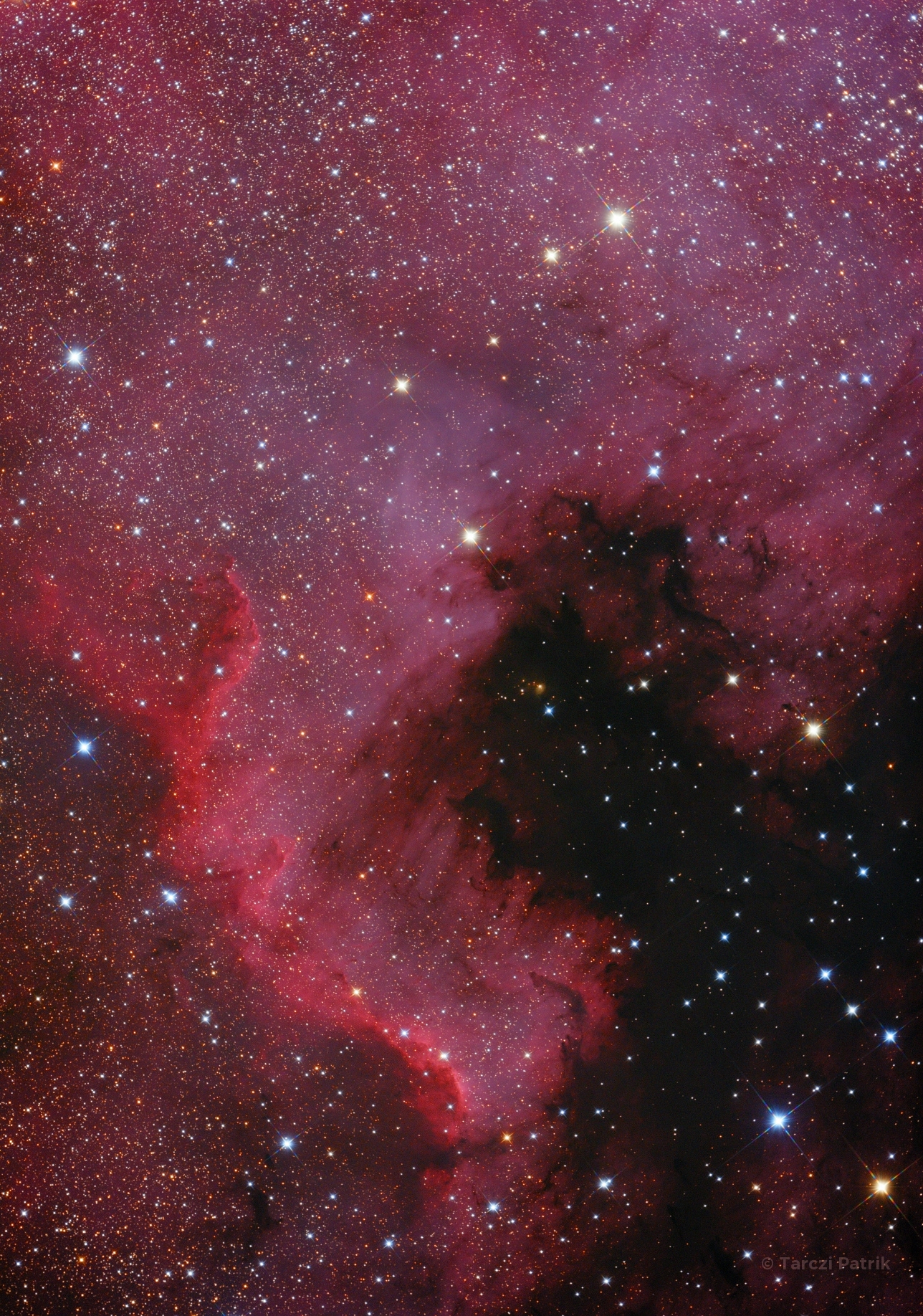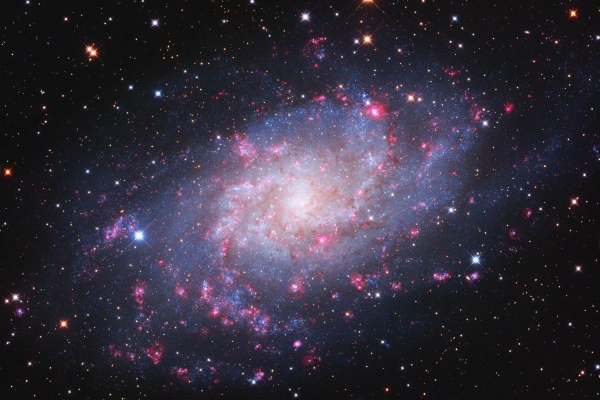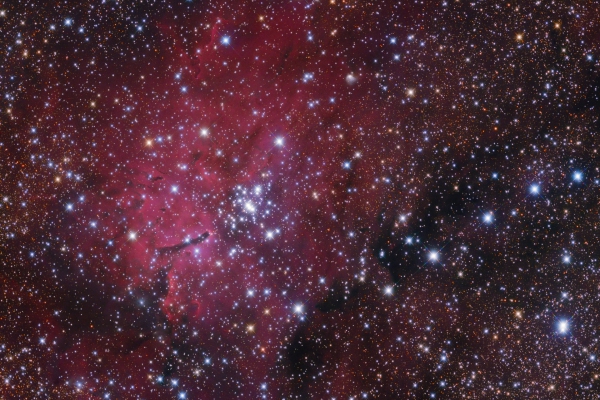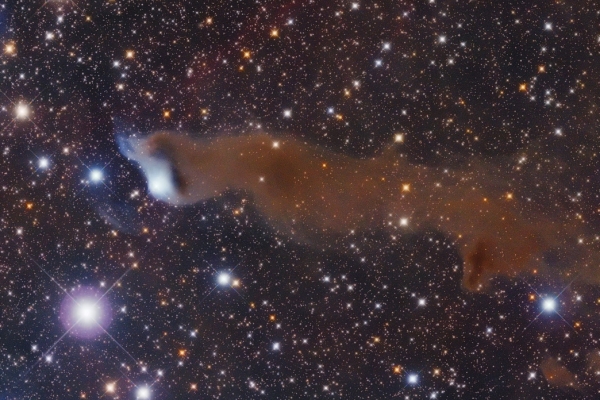The North America Nebula
NGC7000

Technical data
| Instrument: | 173/700 Newton-astrograph (ZsIO), SkyWatcher comacorrector F/4 |
| Camera: | Atik One 6.0 |
| Filter: | Baader UV/IR block |
| Mount: | SkyWatcher NEQ6 Pro Synscan (modified) |
| Guiding: | Lacerta M-Gen autoguider |
Image data
| Exposure time: | 37*4,5 mins ISO 800 |
| Location, date: | Hungary, Mount-Mátra, Ágasvár - 2014. June 27. |
| Transparency: | 6/10 |
| Seeing: | 5/10 |
| Temperature: | 12 °C |
| Processing: | CCDStack, Registar, Pixinsight LE, Photoshop |
Description
The name of the photo hail from shapes of the emission nebula. You can easly recognise the Gulf of Mexico, Florida Peninsula, Yucatan Peninsula.
Technical data
| Instrument: | 173/700 Newton-astrograph (ZsIO), SkyWatcher comacorrector F/4 |
| Camera: | Atik One 6.0 |
| Filter: | Baader UV/IR block |
| Mount: | SkyWatcher NEQ6 Pro Synscan (modified) |
| Guiding: | Lacerta M-Gen autoguider |
Image data
| Exposure time: | 37*4,5 mins ISO 800 |
| Location, date: | Hungary, Mount-Mátra, Ágasvár - 2014. June 27. |
| Transparency: | 6/10 |
| Seeing: | 5/10 |
| Temperature: | 12 °C |
| Processing: | CCDStack, Registar, Pixinsight LE, Photoshop |
© Patrik Tarczi
Recommended photos

The Triangulum Galaxy
The Triangulum Galaxy is the brightest galaxy of the constellation Triangulum, which is just visible to the naked eye.

NGC6820 emission nebula and NGC6823 open cluster
Doublet of the sparkling NGC6823 and NGC6820 emission nebula in constellation Vulpecula.

In the shadow of VdB152
VdB152 is a reflection nebula, which is illuminated by a star. The molecular cloud, LDN1216, is a dark nebula located in constellation Cepheus.


